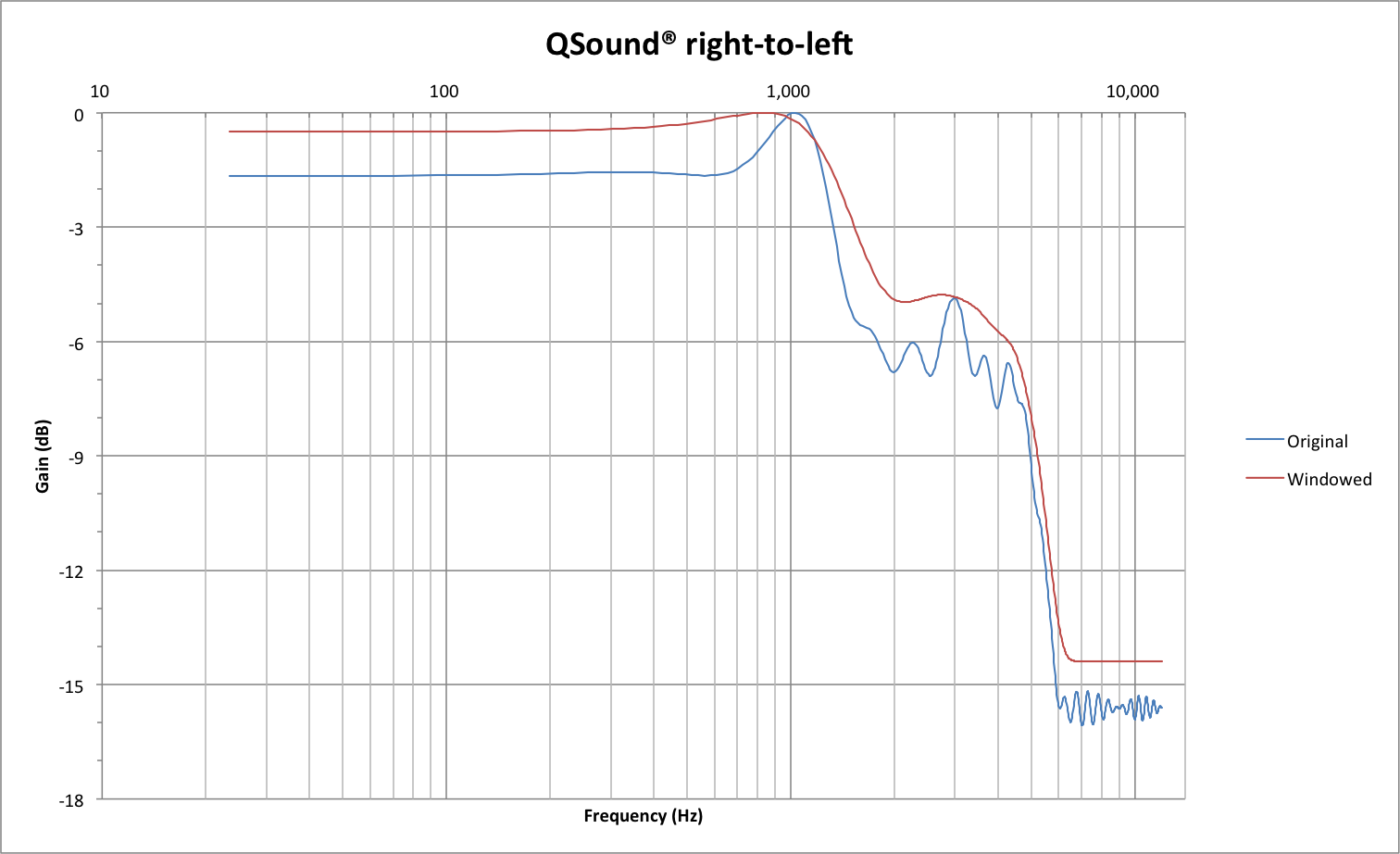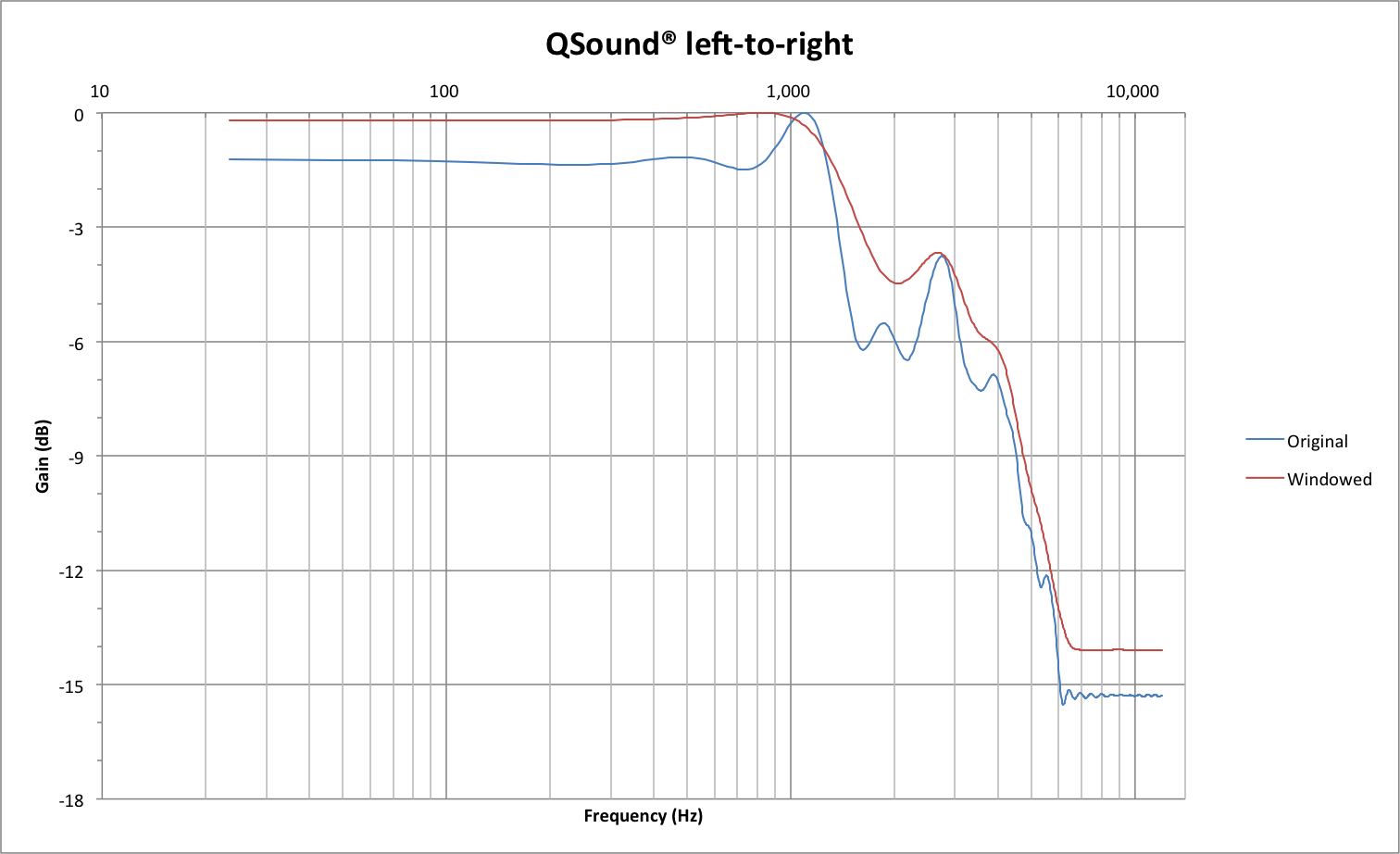 If you spent much time in video game arcades ’90s, you’re sure to have seen the QSound logo proudly displayed during the attract loop of games running on Capcom’s CPS-2 and ZN-1/ZN-1 hardware platforms, and heard the distinctive jingle. But What exactly is QSound? What does it actually do? Capcom was definitely keen to promote its inclusion, but did it really give an edge in any area besides marketing? Was it worth the licensing fees they undoubtedly paid, and the precious attract loop time they spent announcing it?
If you spent much time in video game arcades ’90s, you’re sure to have seen the QSound logo proudly displayed during the attract loop of games running on Capcom’s CPS-2 and ZN-1/ZN-1 hardware platforms, and heard the distinctive jingle. But What exactly is QSound? What does it actually do? Capcom was definitely keen to promote its inclusion, but did it really give an edge in any area besides marketing? Was it worth the licensing fees they undoubtedly paid, and the precious attract loop time they spent announcing it?
As implemented in Capcom’s arcade systems, QSound technology is provided by a digital signal processor (DSP) running an internal program that implements a sixteen-channel sample player/mixer. It produces 16-bit stereo output at just over 24 kHz. It supports 16-bit samples, but Capcom only ever used it with 8-bit sample ROMs. In addition to playing and mixing the channels, it applies “spatialisation” effects, intended to give the impression of a more expansive virtual sound stage. I know what you’re thinking: everything I’ve said so far sounds like marketing material, but what do the effects actually do, and does it actually work?
The most prominent effect you’ll hear is the way the QSound DSP handles stereo panning. Conventionally, panning just reduces the volume on one channel or the other. If you pan a sound hard left, it’s sent to the left speaker at full volume and silenced on the right speaker. As you pan towards the centre, the volume on the right speaker increases until you reach the centre position where the volume is equal on left and right speakers. Panning past the centre to the right reduces the volume on the left speaker.
Rather than simply adjusting the level, the QSound produces two components for each stereo output: one sent directly to the speaker, and the other passed through a digital filter. Panning controls the volume ratio of the component sent directly to the speaker and the filtered component. For the left output, when a sound is centred, the sound is sent directly to the speaker only. As you pan to the centre, the amount sent through the filter increases until you reach the centre, where the filtered component is about 2 dB lower than the direct component. Panning further to the right continues to increase the volume of the filtered component, and reduces the volume of the component sent directly to the speaker. When panned hard, it’s sent through the filter only. For what happens with the right stereo output, just reverse the directions. The pan tables are illustrated in the graph below.

That’s all well and good, we know that panning controls the ratio of filtered to unfiltered output rather than just adjusting volume, but what do the filters themselves do? Let’s start by looking at the filter used for the left stereo output:

It has a fairly flat passband up to about 1 kHz, falls to about -5 dB at 2 kHz, a small peak at 3 kHz, and falls off rapidly from 5 kHz to the stop band at 6 kHz. Can you guess what this is for yet? This filter is supposed to simulate the sound your left ear hears from a sound source to your right. Low frequencies tend to diffract around obstacles, so they don’t have much directionality, midrange frequencies pass through your head fairly effectively, and high frequencies are basically blocked by your head. This is designed to give a more realistic impression of the position of a source on the virtual sound stage than simple panning.
The filter for the right stereo output, simulating what your right ear heard from a sound source on your left, is similar but not quite the same (perhaps the asymmetry is supposed to increase the realism):

This is not the only effect applied by the QSound DSP, it’s just the most prominently audible one. It leaves the question of whether it actually works as intended. In my opinion, it works reasonably well if used effectively, provided the speaker setup has reasonable stereo separation, and the listener is in the sweet spot – easily achievable with headphones or a home stereo, but not in a noisy arcade with poor cabinet acoustics, not so much. Maybe it would work OK with a something like a Sega Blast City cabinet, specifically designed for stereo output. Some of the other QSound effects are less dependent on stereo separation, so they work better in typical arcades.